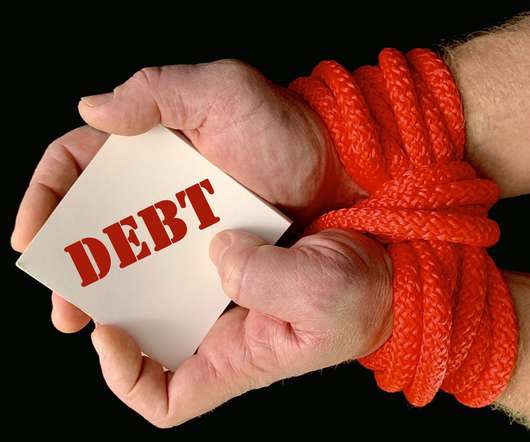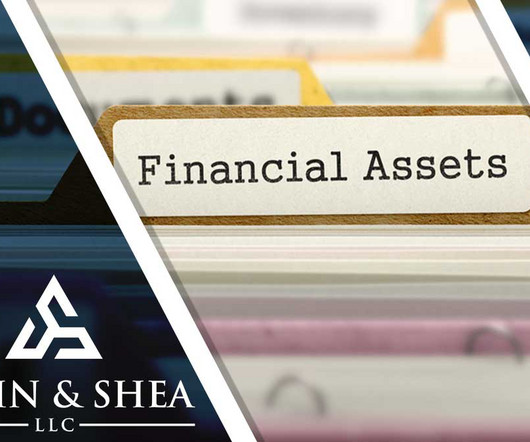Debts That Can’t Be Discharged During Bankruptcy
Sawin & Shea
JULY 28, 2021
If you file for Chapter 13 Bankruptcy in Indiana, you will still be obliged to pay something toward your debts; it’s just that you will be given a payment plan that reduces your unsecured debts based upon your ability to pay, that puts you on a manageable schedule, and that holds your creditors at bay while you work on making achievable payments.












Let's personalize your content